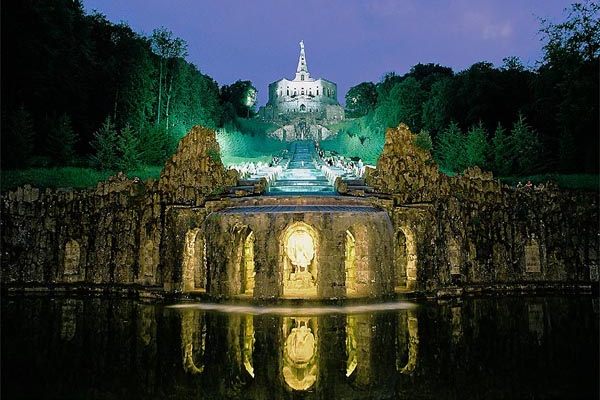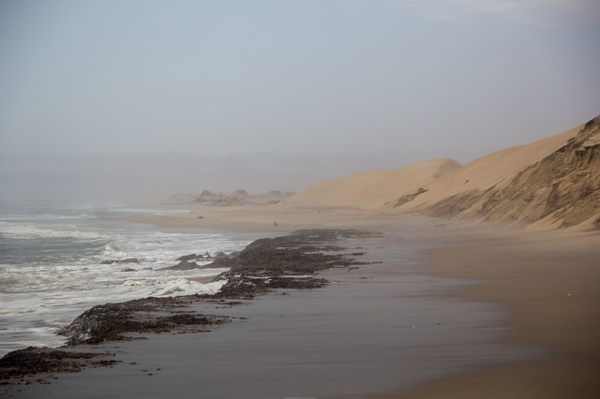A World Most Strange and Beautiful: Five Stunning New UNESCO Sites
At its session this summer in Cambodia, the UNESCO World Heritage Centre added 19 new inscriptions to its World Heritage List. Here are our five favorites that show just how strange and beautiful the world is:
BERGPARK WILHELMSHOHE
Kassel, Germany
(photograph by MalteRuhnke, via Wikimedia)
Bergpark Wilhelmshöhe in Kassel, Germany has a cascade of water that rolls down a hill from a towering structure topped by a massive statue of Hercules. A complicated system of hydro-pneumatic devices powers this Grand Cascade and the other waterworks, which were all started back in 1689.
(photograph by fanglan, via Flickr)
(photograph by Dirk Vorderstraße, via Flickr)
1900 photochrom (via Library of Congress)
HONGHE HANI RICE TERRACES
Honghe Prefecture, China
(photograph by Jialiang Gao, via Wikimedia)
Covering over 16,600 hectares in Southern Yunnan in China, the Honghe Hani Rice Terraces cut over the Ailao Mountain slopes down to the Hong Kong river. There for 1,300 years, the channels of water have supported farming of red rice, involving eel, fish, buffaloes, cattle, and ducks that all move through the landscape dotted by 82 villages.
(photograph by Jialiang Gao, via Wikimedia)
(via Wikimedia)
(photograph by George Lu, via Flickr)
MOUNT ETNA
Near Messina, Italy
(via NASA)
Located on the eastern coast of Sicily, Mount Etna is the world’s most active stratovolcano, with activity going back 500,000 years. It is almost never not erupting, yet animals and plants still live in its ecosystems.
(via Wikimedia)
House buried in lava on Mount Etna’s slopes (via Wikimedia)
(via UCL Mathematical and Physical Sciences)
NAMIB SAND SEA
Coast of Namibia
(photograph by Teo Gómez, via Wikimedia)
As the world’s only coastal desert, the Namib Sand Sea stretches over 3 million hectares in Namibia right to the ocean. Fog alters its dune fields and is the main source of water for the animals and plants that live there.
(via NASA)
(photograph by Santiago Medem, via Flickr)
(photograph by Erwin T., via Flickr)
HILL FORTS OF RAJASTHAN
Rajastahan, India
(via Wikimedia)
The six forts that sprawl through the state of Rajastahan in India date from the 8th to 18th centuries. Their ongoing architecture formed a complicated cluster of fortifications incorporating the surrounding hills, forests, rivers, and deserts.
(via Wikimedia)
(via Wikimedia)
(photograph by Adrian Sulc, via Wikimedia)
Click here to see all of the new UNESCO World Heritage sites.






Follow us on Twitter to get the latest on the world's hidden wonders.
Like us on Facebook to get the latest on the world's hidden wonders.
Follow us on Twitter Like us on Facebook